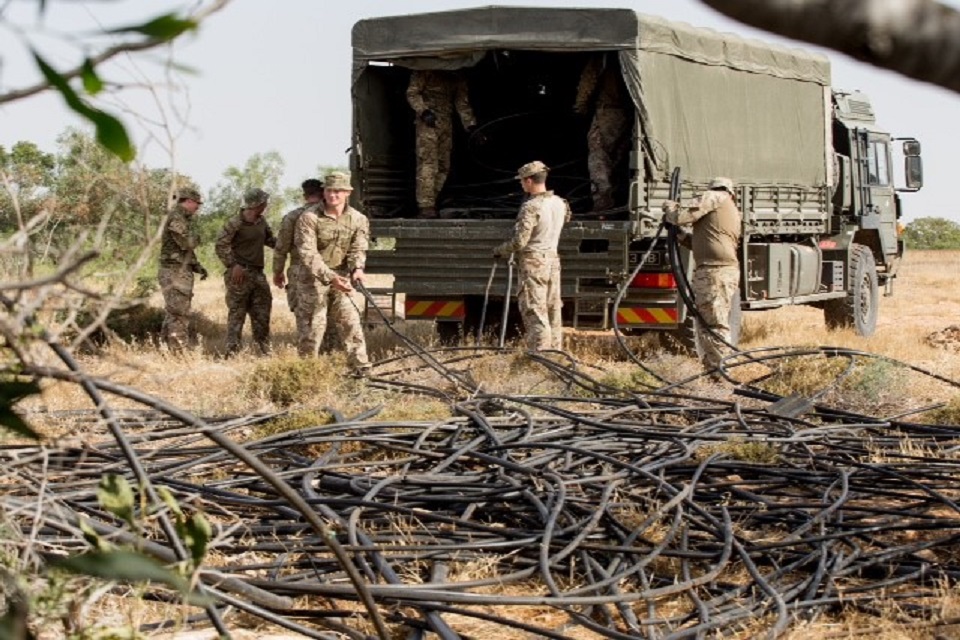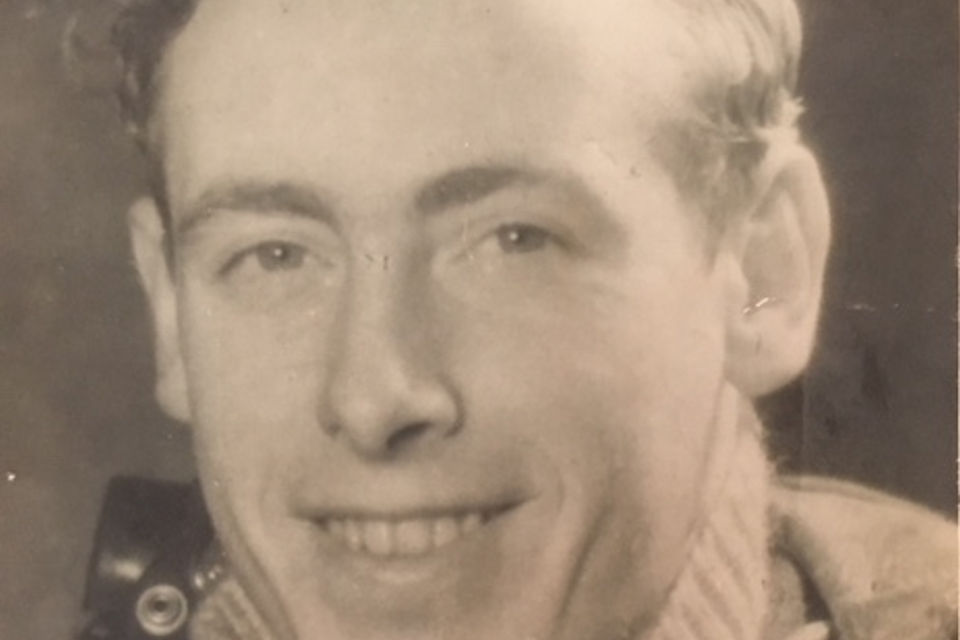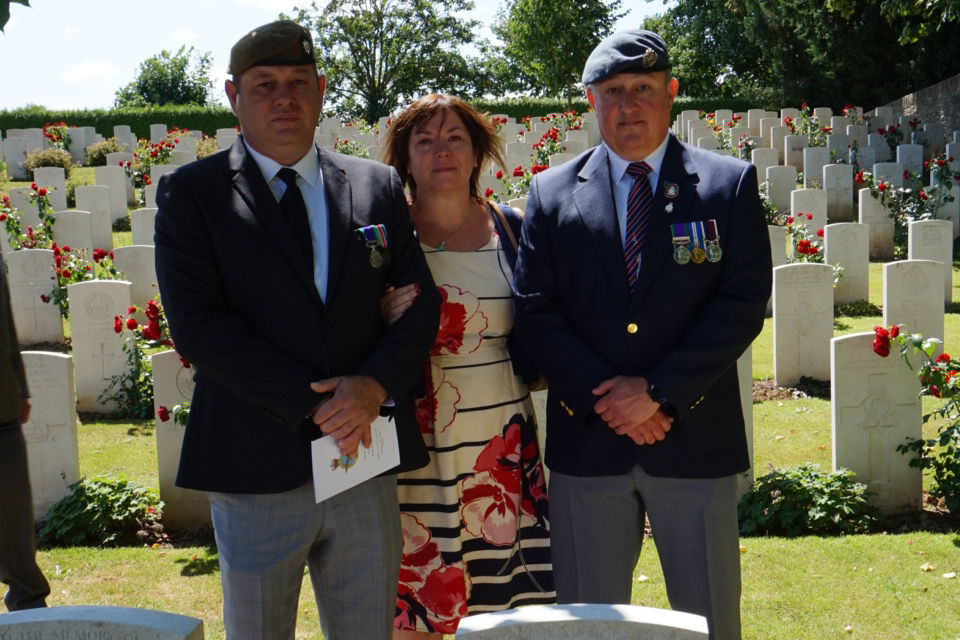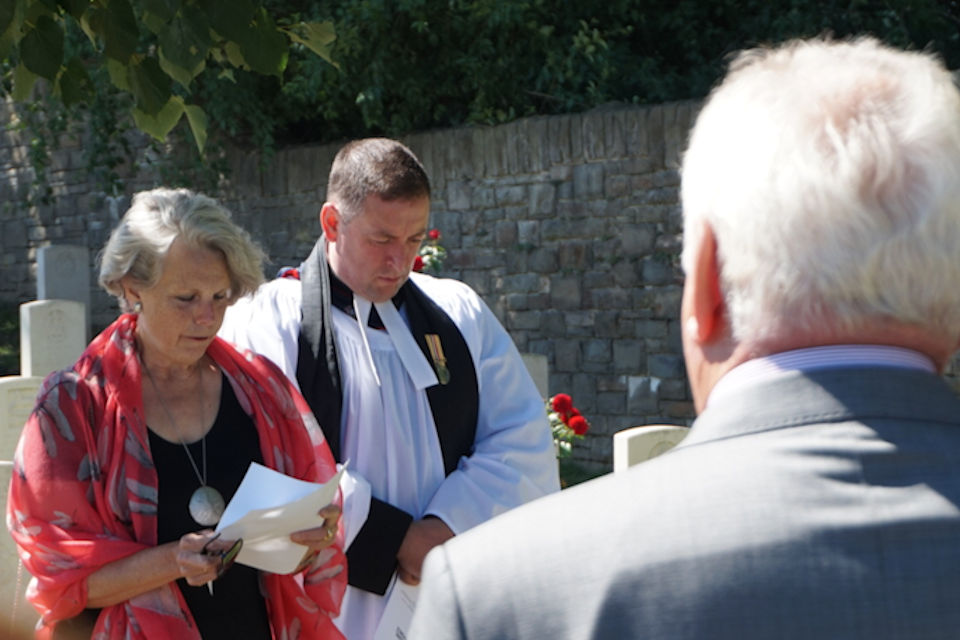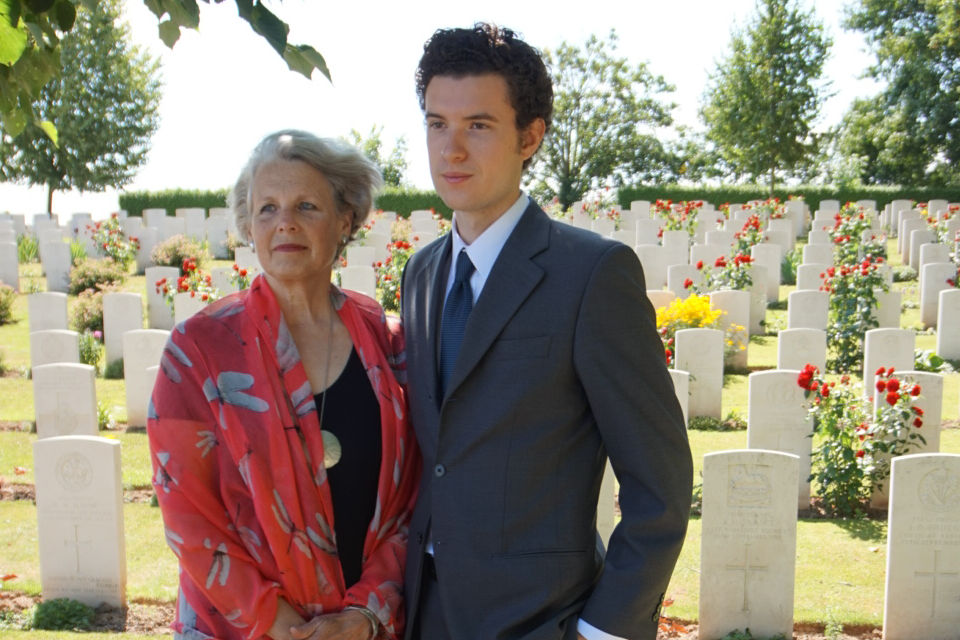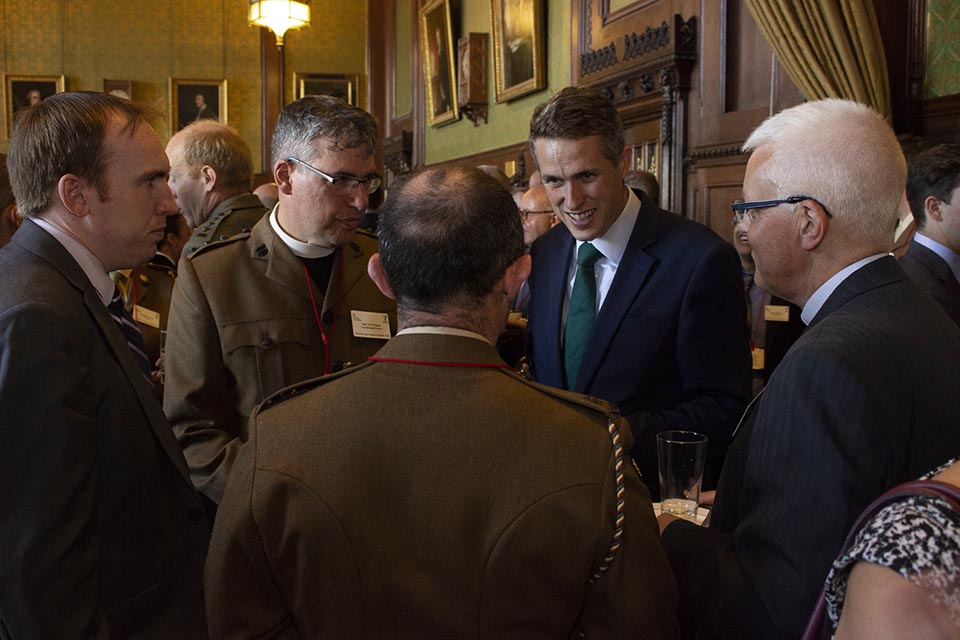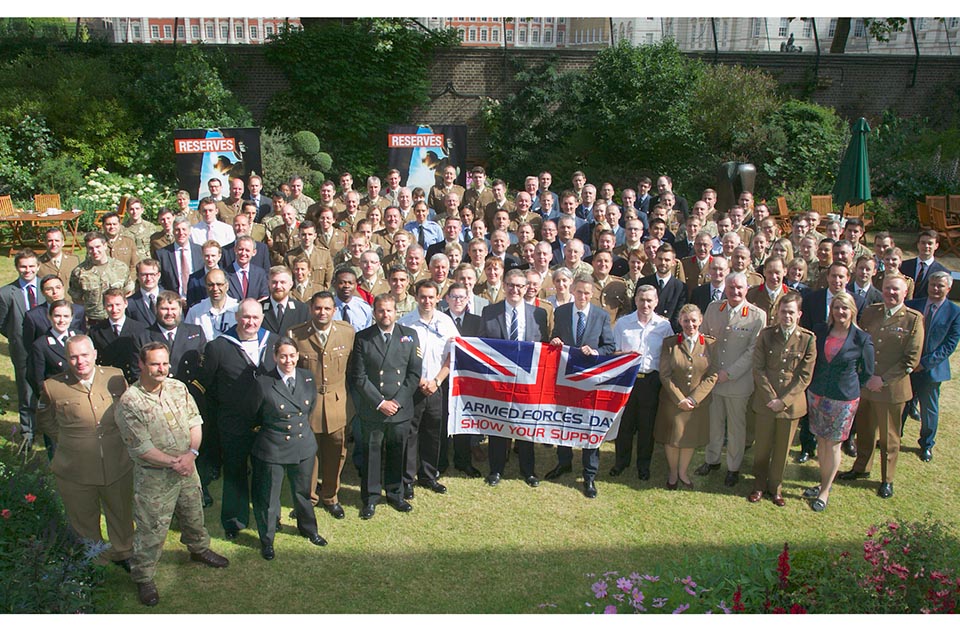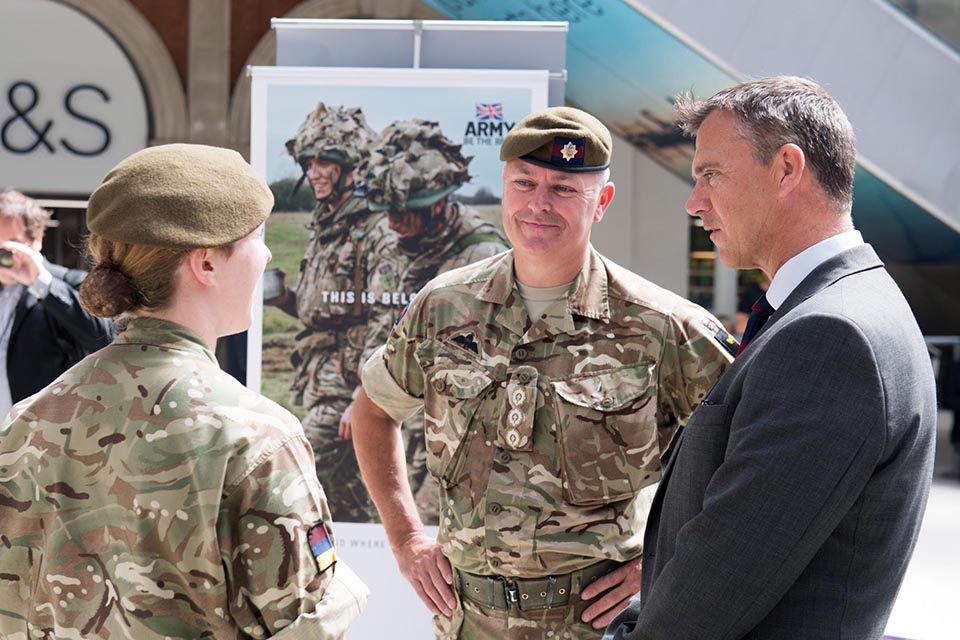Speech: First Sea Lord speech at the International Institute for Strategic Studies Conference
As some of you will have heard a few weeks ago at the RUSI maritime conference, the Secretary of State for Defence spoke of his vision for the Royal Navy, delivered through the vehicle of the Sir Henry Leach memorial lecture, the first of those in a series; I was grateful to him for coming to do that. He reflected on how today’s Royal Navy would be viewed by that great post-war advocate for the value of sea power, Sir Henry Leach.
Of course, he held the office of First Sea Lord during the Falkland’s conflict, that formative experience of my own Naval career. Sir Henry’s understanding of navies and what they mean to an island nation like the UK was forged during his time as a Junior Officer in the Second World War.
But as many of you will know, at that stage it wasn’t Sir Henry who was making the headlines. It was his father, Captain John Leach, Captain of the battleship Prince of Wales, a King George V Class battleship. It had a short but very busy life, lost eventually in December 1941 off the coast of Malaya but with great significance earlier that year she had sailed across with Prime Minister Churchill to Placentia Bay, Newfoundland, in August 1941 to provide the venue for an historic meeting between Prime Minister Churchill and President Roosevelt, at which they set the scene for that pivotal policy statement that emerged from that meeting, the Atlantic Charter.
In those darkest of times at the height of the Second World War, our shared ideology of Anglo-American internationalism shone through, a clear expression of intent that Britain and America had to cooperate for the cause of international peace and security.
In the 77 years since that statement was issued, I would contend that the world has changed significantly, perhaps in some ways beyond all recognition.
Because today, as you heard from CNO, we live in an interconnected world where information is increasingly seen as the vital resource. Where we face an increasingly diverse range of potential adversaries, all of them emboldened by weapons proliferation. Where the resultant threats abound from space to sea bed.
It might seem rather alien to Captain John Leach on the bridge of Prince of Wales in 1941, or even to his son, Sir Henry on the bridge of the Royal Navy in 1982.
Yet there are also constants that I think would have been entirely familiar to both of them.
Crucially the importance of the maritime domain, the challenges of strategic great power competition, and the commitment of Great Britain and the United States to uphold international law and freedom of access to the global commons of the sea. All of those are common threads, as applicable in 2018 as they were in 1941.
So I’m indebted to Admiral Richardson for his very clear articulation of why the maritime matters in the 21st century, the brilliant slides he used to illustrate that, and why there is a collective security challenge that we face in that maritime domain. You won’t be surprised to hear I absolutely share that view. Indeed you could take that map of the world that he showed, and his Navy is of course deployed very extensively around it at scale to very significant effect. But so is the Royal Navy, of course to less scale but I hope also to significant effect. We’ve been operating in every ocean in the world and share the US Navy’s operational focus about the importance of presence. The importance of influence.
I was going to highlight just one area where we are linked, perhaps more than anywhere else, and it’s seen renewed efforts by both our Navies alongside our partners to counter the proliferation of threats; that’s in the North Atlantic. You only need look at the hugely significant symbolism of the United States Navy re-establishing the 2nd Fleet and the very fact that the Royal Navy’s high readiness response units in the North Atlantic are called upon ever more frequently.
It will be a major area of shared capability development as we look to how we will operate in that theatre going forward; equally importantly, the very high levels of operational activity now are shaping the thinking of both our Navies.
But our responsibilities, our shared responsibilities, are not of course confined to the North Atlantic. This year the Royal Navy has been out and about, perhaps at greater extent than for over 10 years. Operating, as I said, in every ocean of the world, trying to address the strategic challenges of today as seen from the United Kingdom, and part of a collective effort with all of our allies to maintain freedom and security on the high seas. And to enable that growth of global economic prosperity upon which our nation depends. And to uphold the international norms which we are the two principal nations and navies charged with defending.
There is of course nothing new in that. Historians and those who study the Royal Navy over a long period will know we’ve been at this for half a millennium, in some ways in an unchanged way. It’s all about national interest, it’s about exerting national influence, it’s about supporting partners and it’s about promoting our country’s prosperity; nothing changes in that space.
But to meet the breadth and depth of the security challenges we face today, and to have a sense of being able to deal with them going forward, we’re going to need a Navy that can bring a full spectrum of world-beating maritime capabilities to bear, alongside our partners, to deter and if necessary to defeat would-be aggressors who would challenge our nation. And we need to be able to do that on the waves, above and below them. We need to be able to do it from the sea to the land and we need to be able to do it in space and cyberspace. It’s quite a challenge to be able to do all of that at the same time.
And that’s exactly how the Royal Navy is adapting, transforming and modernising. And the current Modernising Defence Programme that’s running at the heart of Whitehall is enabling us to do that; the Navy is leaning powerfully into it as a great opportunity for us to realise that vision.
The arrival of our new aircraft carriers, Queen Elizabeth and Prince of Wales, along with their F35B lightning aircraft that will fly from them, means that we too will soon be able to take our place alongside the US Navy and French Navy delivering continuous carrier strike capability as part of a globally deployed maritime task group. That’s a very significant statement for the UK as a nation, not the Royal Navy as a navy, to make.
If you combine this with the fact that we have been delivering continuous at sea deterrence, unbroken for 49 years, and then you add into that our expertise in the littoral based upon the specialist capabilities vested in our Royal Marines and the very strong link they have with the US Marine Corps, and then you underpin all of that with a sustained piece of recapitalisation which we are undergoing across the whole fleet, across all our fighting arms, and the innovation we are reaching into along with our partners in the US Navy to embrace some of the new and emerging technologies that are racing into the maritime space, I think we can be confident that we’ve got a Royal Navy that is still very much at the vanguard of world Navies, fielding a potent suite of capabilities that few outside the United States can match.
But as much as the Royal Navy has to be able to do all of that, to retain the sovereign capability to act on its own when it needs to, even the most cursory analysis of our history as a nation will show that we are always better off when we work in partnerships.
NATO is of course the most obvious example of that, and I’m delighted to see that [Vice Admiral] Clive Johnstone [RN] is here today, to embody the maritime leadership within NATO that he provides on our behalf. That alliance has for so long been the cornerstone of both our national defence and that of all our allies who are a part of NATO.
And you only need look at the work of other key alliances too, like the Combined Maritime Force coalition in the Middle East, led by the United States with the Royal Navy as deputy, to see how that has contributed to regional security in a way that has enhanced collaboration with regional and international partners in a part of the world that is absolutely vital to the country’s economic and energy interests, but perhaps more unstable than it’s been for a long time.
Like the US, Britain has partners both old and new right around the globe.
Closer to home in Europe, our bi-lateral agreement with France, articulated initially at the Lancaster House agreement in 2010 and re-affirmed at the Sandhurst conference in January this year has seen us form a Combined Joint Expeditionary Force with the French. And we showcased that with exercises off the Brittany coast only last month, which I attended. It’s a very credible and capable force, fully integrated with Royal Navy and Marine Nationale Units. So too do some of the older but well established, credible links that we have with the likes of the Royal Netherlands Navy promote excellence in our combined amphibious warfare capabilities.
In the same vein, we are looking to establish those partnerships further afield. You’ve heard CNO talk about the significance of our new tri-lateral arrangements between our two navies and the Japanese Maritime Self Defence Force. That’s not a meaningless piece of showmanship, where geography makes it impossible to do something real. It’s credible, it has significant workstreams that are driving forward, and we’ll be meeting again in Japan towards the end of the year to cement our plans.
But with all of these alliances, be they bi-lateral, tri-lateral or larger, multilateral ones, I think they point to what must be in place and that’s interoperability. Not just interoperability based on equipment, the ability for our comms systems to talk to each other, but also interoperability based on a clear understanding of how each other works, how each other thinks, and how each other fights.
Understanding each other’s capabilities, their limitations as well as what they can do. Understanding each other’s tactics and procedures and how to best fold them into each other. Understanding the nuances around how we each interpret rules of engagement, how we employ doctrine. All of this is essential if we’re going to have a chance of delivering together from Day 1.
UK/US Relationship
And yet as much as all of these alliances and partnerships are highly valued by the UK, I will eventually boil down to complete agreement with Admiral Richardson that the key one is our link as a Navy to the United States Navy. There is something unique about that, something unique about the strategic nature of our partnership that goes back a long way.
Many of our Admirals and senior Civil Servants are over in Washington this week commemorating the 60th anniversary of the MDA, a hugely significant moment in the way we work together in the nuclear and submarine field.
The UK is the only Tier 1 partner in the F35 programme and from the earliest days of this programme, Royal Air Force and Fleet Air Arm pilots, ground crew and engineers have been working side by side with their US Navy and US Marine Corps colleagues to ensure that, as much as our new aircraft carriers will sit at the heart of the UK’s Joint expeditionary force, so too will they be ready to work with our American counterparts from the off. And you’ll see us doing that in 2021 when we first deploy that carrier operationally.
And as we look at the increasingly challenging underwater battlespace that I alluded to earlier, Britain and the US will be working very closely together to develop some of the world’s most advanced under-sea technology, including of course collaboration with the deterrent submarine programme.
It couldn’t be a closer link.
I will wrap this up now and I know we collectively look forward to hearing your questions. But I just leave you with this thought. Our Defence Secretary called upon the Royal Navy to lead from the front, to exploit our unique ability to exert not just soft power across the globe as we’re doing at the moment but also to be able to back it up with tangible hard power.
That’s a call that is a challenging one to achieve; for the service to do both, credibly, at the same time. It takes a lot of application and effort. But it’s a challenge I readily accept, because that enables the Royal Navy to power on, to get the fleet it needs to fulfil its commitments and meet the broad range of challenges we face both at home and around the world.
And as we look to fulfil our centuries-old role on behalf of our nation, we do so safe in the knowledge that wherever we are in the world, we can find partners and allies to work with. And we will find no partner more valuable, more credible, more trusted, than the United States Navy. And I’m honoured to think that they regard us also as the partner of choice.
Thank you.

